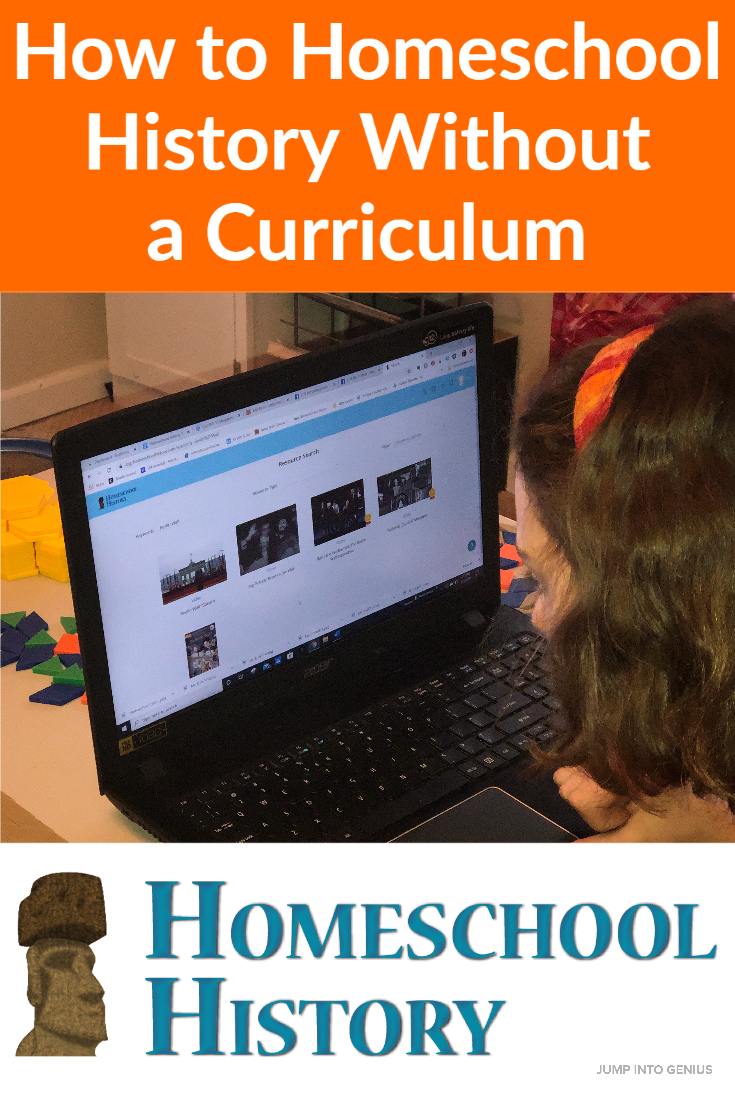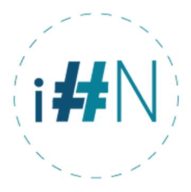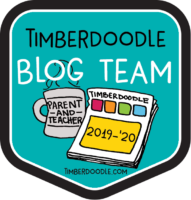
I have a confession to make. We didn’t study history much during the first few years of our homeschooling journey.
Sure we had a few D’Aulaire books I read aloud, but other than that…the kids weren’t asking questions and I was busy enough teaching reading, writing, math, and science (because they had a LOT of science questions, so I helped them explore their curiosity in that area) that we didn’t get into much history. Maybe a war unit here or there.
One year I decided enough was enough. I demanded that they become curious about history. Which meant one thing. We would study it in earnest the following year.
I think my oldest was in 4th or 5th grade. I know some of you may be shocked at the idea of neglecting a core subject for so long. Others may be secretly rejoicing that you are doing better than me in this area. Either way, it didn’t matter then, and it doesn’t matter now.
Know One Knows We Neglected History in the Early Years
(Except for you, now that your are reading this post!)
- Because, actually, when you decide to focus on it, you can fit a lot of history into one year of study. We started at the beginning and moved forward with several different resources. I read aloud, and we occasionally did a project to inject some extra fun into the process.
- Now my teens know more history than most adults,and certainly a lot more than their peers. You would never know we didn’t ‘study’ history in the early years.
- My oldest two, now a Junior and Freshman in High School just passed their first history CLEP exam (U.S. History 1) with flying colors. They will be ready for more history CLEP exams with only a few hours of review study.
My Magical Methods to Making up for Years of History Neglect Quickly
I read a lot of history books out loud. Not text books, but stories. Some of the books were comprehensive and chronological. Others were picture books. I used both historical fiction and non-fiction biographies in the mix also.
Sometimes we did a hands on project. But the read-alouds were the heart of our study.
By then my kids had developed a love of listening. I would say that alone was worth ‘missing out’ on anything and everything I may have skipped in those early years.
I also selected documentaries to go along with our reading when I could find them. Documentaries can add a nice visual touch and usually have some different details than what is covered in books.
Getting Around the Bias in History Books
One thing that cannot be avoided when studying history is bias. History is a story, and every historian and curriculum writer loves to inject their own world view into the story.
I compensate for this by using a lot of different resources. I read books by authors who have different views. I want my kids to be exposed to the idea that some parts of history are facts, these will be things likes dates and names and will be the same with every resource used. Other parts of history are opinion or speculation, these parts and even what material is covered can vary wildly due to the creator’s worldview.
I realize as a creator myself that it is not so easy to divorce your own world view and opinions from the materials you create. So I try to be gentle in my criticism of this issue. But I do have my limits. Some resources are just biased beyond some invisible boundary past which I cannot walk. I am not suggesting you include those overtly obnoxious biased sources. Just that you mix it up a little.
Some creators do try very hard to present history in an unbiased way and I like to include those resources when they are not overly bland.
You may be just be waiting for me to get to the meat of the matter…what EXACTLY do I use for history?
We used books, documentaries, videos, timelines, and games.
You don’t need to use my list of books, it is not magic. The list of things I used is just a hodgepodge collection based on book sales, what was in stock at the library, and what I ordered from a catalog to fill any holes not covered by the other two.
The good news is that there is now a easy-to-use history database for homeschool moms.
The team at Notgrass History has created Homeschool History which is an extensive membership database of books, videos, historic sites, audio/music, websites, and events.
You can search by topic, resource, or map in this database. The Homeschool History membership site is still be built and more resources and features are being added.
Advantages to Using Homeschool History
- It can be used with any curriculum, or without a curriculum.
- Saves mom time. You can quickly find resources without searching multiple catalogs, libraries, and video providers. (You will be directed to where each video is available.)
- You can create your own list of materials.
- The best resources have a gold medal next to them. This can help you decide what to use quickly without the need to research every suggested resource.
How to Use Homeschool History
- Type in a topic.
- Decide if you want to view all resources types, or something more specific. You can filter your results to only show books or videos.
- Follow links to videos.
- Make a book list for the library, Thriftbooks, or your local book store.
- Mark your own favorites by clicking on the bookmark.
- Search your favorites anytime with the bookmarks filter.
Timelines
You might think jumping from book to book to documentary is a mishmash way for kids to study history. It is true that kids may not always realize exactly ‘when’ in history the current book they are reading happened. That is why I like to also use timelines.
Of course, lots of curriculums for history come with timelines and timeline cards but I tend to just buy the timeline and ignore the rest. I tried to do timelines in notebooks for the first several years of our homeschool journey, but I now prefer to cover my wall with them.
The thing is, in a notebook, kids are only ever going to get a small snap-shot in time, and the whole point of the timeline for me is to help them get a big, sweeping picture of history.
Also, my kids will walk up to stuff on a wall and look at it, casually, in non-study time. This doesn’t happen with a notebook. My kids never got out a timeline history notebook in their spare time and sat down to look at it.
I encourage you to enjoy the journey of exploring history with your kids. Don’t make it a chore. Make it an adventure.


